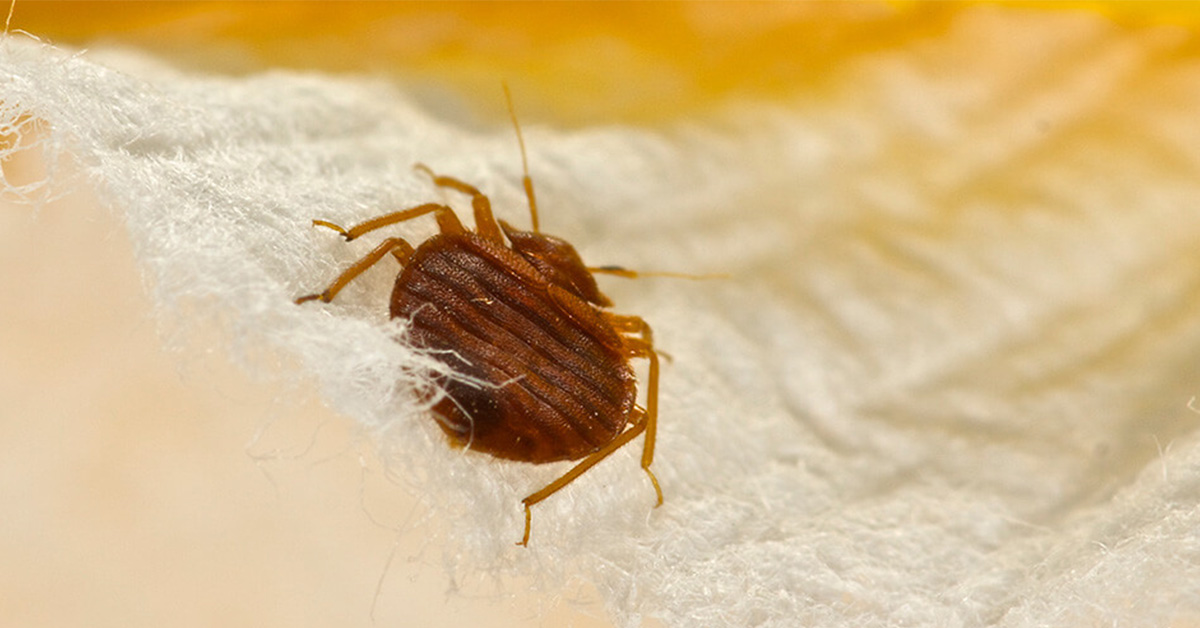Reliable Kings Bug Control Cincinnati Ohio: Reliable Solutions
Reliable Kings Bug Control Cincinnati Ohio: Reliable Solutions
Blog Article
Kinds Of Parasite Control: Which Technique Is Right for Your Problem?
When confronted with a pest invasion, the option of a proper approach for insect control is crucial in successfully managing the circumstance. From chemical therapies to biological remedies, there exists a range of methods that can be employed to attend to various kinds of bugs. Each approach comes with its very own collection of considerations and benefits, making the decision-making procedure a nuanced one. Understanding the nuances of each strategy and assessing their compatibility with the certain pest problem at hand is crucial for achieving long-lasting success in bug monitoring. By exploring the different sorts of parasite control approaches available, individuals can make educated choices customized to their one-of-a-kind conditions, making sure an extra lasting and effective end result in parasite eradication.
Chemical Bug Control
Chemical bug control includes making use of synthetic or normally obtained chemicals to handle and eliminate pest populations efficiently. This method is commonly made use of in farming, forestry, and domestic settings to battle a wide variety of pests, consisting of bugs, rodents, and weeds. Using chemical pesticides can offer fast and targeted options to pest infestations, making it a preferred option for many people and companies.
One of the crucial advantages of chemical parasite control is its capability to swiftly eliminate parasites, reducing the threat of damage to plants, building, and human health and wellness. By using details chemicals that target particular parasites, this method can properly control problems while minimizing damage to advantageous microorganisms and the environment when applied appropriately.
However, using chemical pest control likewise elevates issues concerning potential negative results on non-target varieties, water sources, and human wellness. It is important to adhere to safety standards, use chemicals responsibly, and think about different pest control methods to lessen these threats and guarantee sustainable bug monitoring practices.
Biological Bug Control
Organic parasite control, also called biocontrol, uses living microorganisms to reduce and handle insect populaces normally. This approach uses the power of nature to regulate pests without the need for synthetic chemicals. Biocontrol can involve the introduction of natural enemies of the insect types, such as parasites, microorganisms, or predators, to subdue bug populaces. By utilizing the parasite's natural killers or virus, organic bug control uses a eco-friendly and sustainable option to pest administration.

Mechanical Bug Control
Making use of hands-on and physical techniques to take care of pest populations, mechanical insect control uses a different approach that does not depend on the usage of living microorganisms or artificial chemicals. This approach involves making use of barriers, traps, or other gadgets to literally hinder or eliminate pests. By blocking insect entrance points or establishing traps to catch them, mechanical insect control can successfully lower problems without presenting chemicals right into the environment.
One common example of mechanical pest control is using mesh screens on windows and doors to stop insects from entering structures. This straightforward yet reliable approach works as a physical obstacle, maintaining bugs out while enabling appropriate ventilation. Additionally, devices like mousetraps, fly swatters, and ultrasonic repellents drop under the mechanical parasite control classification.
While mechanical bug control techniques can be labor-intensive and require regular surveillance and upkeep, they use a eco pleasant and sustainable service for managing bug invasions. By integrating different mechanical methods, building proprietors can produce a comprehensive parasite control method that reduces reliance on chemical pesticides.
Physical Bug Control

Some common physical insect control techniques consist of using obstacles such as screens or nets to avoid parasite access, traps to capture and eliminate insects, and hand-picking to literally eliminate parasites from plants or frameworks. Furthermore, methods like warm therapies can be utilized to manage bugs like bed insects by increasing the temperature to degrees that are deadly to the bugs.
Physical bug control is especially beneficial in integrated insect administration (IPM) methods, where several insect control techniques are integrated for reliable pest management while reducing the use of chemicals. By utilizing physical parasite control strategies, people can successfully deal with insect infestations with marginal ecological effect.
Integrated Insect Management
When applying physical bug control techniques as part of parasite monitoring techniques, Integrated Insect Management (IPM) becomes a detailed technique that leverages various strategies to successfully manage pest populations. IPM concentrates on Check Out Your URL long-lasting avoidance of bugs through a mix of biological, cultural, physical, and chemical tools customized to particular pest problems. By integrating numerous control techniques, IPM aims to lessen the risks related to bugs while also minimizing reliance on chemical options.
One key facet of IPM is the focus on monitoring and analyzing pest populations to establish the most proper control methods. This positive approach enables for very early intervention and targeted methods, leading to a lot more reliable insect monitoring. Additionally, IPM promotes eco-friendly methods by focusing on non-chemical control methods and just utilizing chemicals as a last hotel.
Verdict

By using the parasite's natural killers or microorganisms, organic insect control supplies a lasting and ecologically pleasant service to pest monitoring. - Kings pest control Cincinnati
Making use of physical and manual methods to handle parasite populations, mechanical bug control supplies an alternative technique that does not count on the use of living microorganisms or synthetic chemicals.An efficient approach to handling parasite populations without depending on chemical or organic my company methods includes the usage of physical parasite control techniques.When executing physical bug control approaches as part of insect administration approaches, Integrated Pest Management (IPM) emerges as a detailed strategy that leverages various techniques to efficiently manage pest populaces. Chemical bug control entails the usage of chemicals, organic pest control utilizes natural predators, mechanical pest control involves physical barriers, physical insect control includes trapping or removing insects, and integrated insect administration integrates several techniques for an alternative method to pest control.
Report this page